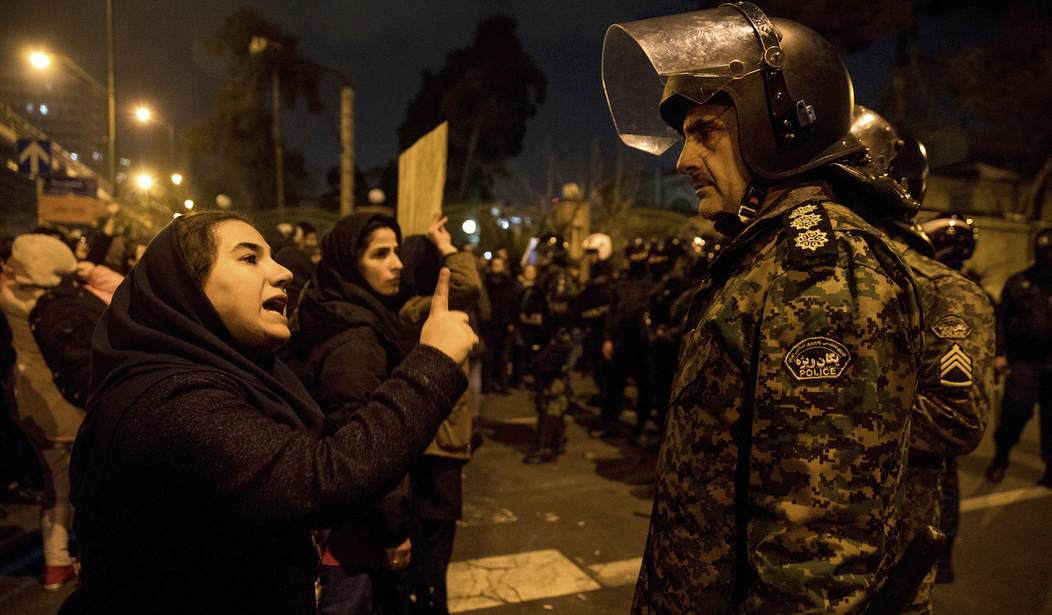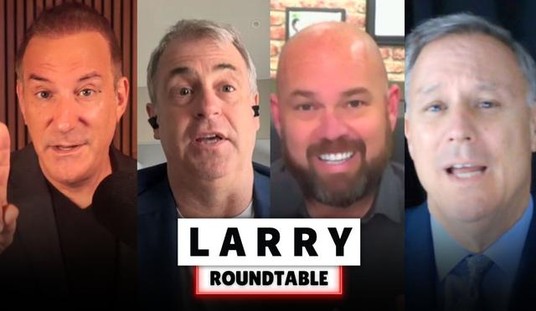An analysis of the November 2019 Iranian revolt reveals vital truths about the Islamic Republic's inability to suppress popular demand for regime change. The government anticipated the uprising would come if it raised gas prices, and it was correct. It announced the 300% hike abruptly in an effort to prevent the opposition from organizing. Despite this, relatively small, spontaneous uprisings in cities across Iran shook the regime to its core, and for parts of two days, the regime lost control in a number of cities and towns.
Large parts of Shiraz were freed from the regime’s authorities for more than one day. Witnesses there reported clashes between the Islamic Revolutionary Guard Corps (IRGC) and regular Army forces. In Ghodes, protestors took over a base after it was abandoned by security forces. In Behbahan, citizens took charge of large areas after the murder of two citizens. And troops retook Mahshahr only after employing heavy machine guns against unarmed civilians with a policy to shoot and kill. Nationwide, it took the regime three days and the murder of 1,500 people, according to Reuters, to regain control.
Yet, the protests were small in number if not in space. In total, demonstrations were held in some 719 locations. The number of people at these locations was, however, between 50 and 500 persons only. So, on average, if we consider 200 people in each, fewer than 150,000 people participated nationwide, representing about a quarter of a percent of Iran’s population.
Since then, living conditions in Iran have continued to deteriorate considerably. Furthermore, most government institutions can no longer function, and the economy has cratered. Exporters of locally produced commodities won’t return the hard currency that banks desperately need to support the Rial, which is in free-fall. Resulting inflation and the lack of economic opportunity mean many people can no longer afford even basic necessities across the country.
Recommended
In addition, the spread of COVID-19 in Iran is significantly worse than the Iranian government will admit, and its health institutions are either unable or unwilling to manage the crisis. The pandemic has spread across about 300 cities and is not easing. Experts estimate that millions of Iranians have contracted the disease, and more than 60,000 have died. As families grieve their losses, the lack of credible information by the government about the pandemic or trust in it has only made matters worse. It is little wonder that rumors spread like wildfire, making an untenable situation even more dangerous.
Dissatisfaction with the regime has even spread to the military. Infighting between the IRGC and the Army has escalated. Four correspondents of Iran’s government news agency were jailed for simply interviewing a military leader who proclaimed that Iran’s armed forces should not interfere in politics. This aroused deep suspicion among Army troops and forced the IRGC head to make a public statement of friendship with the Army to avert outright hostility between the two military institutions.
It is well-known that many Army soldiers refused to join IRGC units in putting down last November’s protests by force. In some cases, protestors chanted "Military brother help!" which undoubtedly swayed some soldiers to aim their rifles away from unarmed civilians. And, indicators clearly show that the IRGC was itself not monolithic in responding to national protests last fall; not all IRGC units took up arms when the regime issued its “shoot to kill” orders then.
Finally, a series of mysterious explosions across Iran have further undermined the regime and begs the question now whether it is fully in control. Starting in July, the nighttime blasts have struck nuclear enrichment facilities, missile sites, petrochemical centers, power plants and medical clinics. The cause of these explosions has not been disclosed by the regime, but may include deteriorating infrastructure, domestic rebellion, foreign actors, or all three.
For millions of Iranians, the current crisis, the third in less than three years, has reached a boiling point. It is hard to imagine what would happen if a full one percent of the population joined the next uprising. In November, the regime lost control of one major city for 48 hours and struggled terribly to contain 150,000 protestors. Brute force saved it. One percent of Iran’s population represents over 800,000 citizens, and there is little doubt that several times more of Iranians have grown angrier at their government, for multiple reasons, in the past nine months. The government has done its best to suppress organized opposition. But as Ceausescu’s Romania, Communist East Germany, and the 2011 Tunisian Revolution have shown, uprisings can easily topple a repressive regime. Barring any unforeseen circumstances, the Islamic Republic of Iran will fall. The question is not if but when, and how. To prevent the rise of another repressive government in Iran, the United States and the international community must prepare for what happens next.
Kamal Azari is a Board Member and the US spokesperson of the Iran Transition Council, a new alliance of Iranians of different ethnic and religious backgrounds launched in 2019 as an alternative voice to the government in Iran.

























Join the conversation as a VIP Member